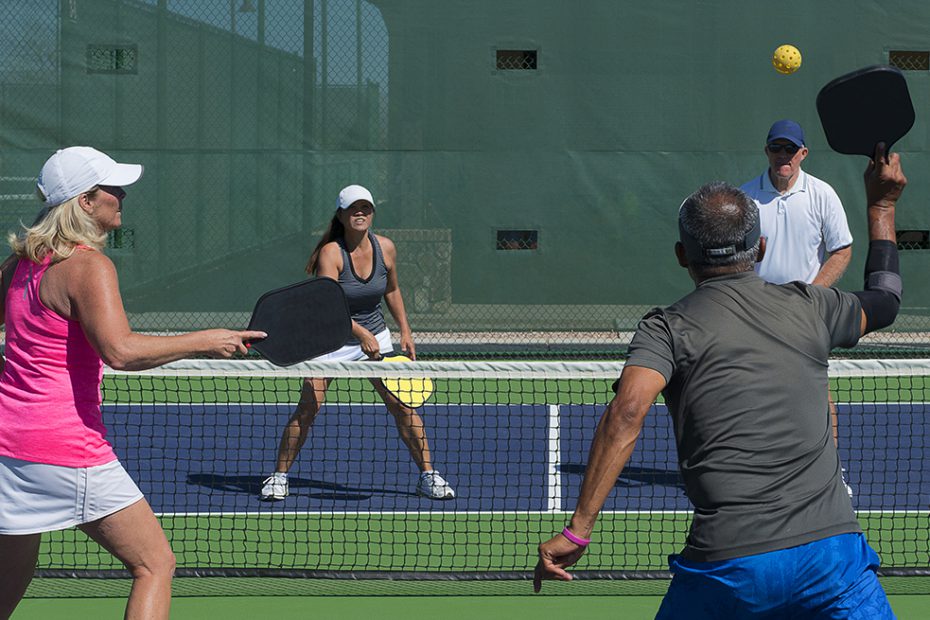Pickleball is a great sport for all ages with many positive benefits
The most common pickleball injuries and issues can be grouped into four categories: sprains and strains, overuse, traumatic injuries, and chronic pain.
- Sprains & Strains: These injuries could involve upper and lower extremities such as calf strains, hamstring strains, Achilles tendonitis, ankle sprain, etc.
- Overuse (Tendonitis): Overuse injuries occur during repetitive motions and increase activity in a short period of time. This can include Achilles tendon or rotator cuff injuries.
- Traumatic Injuries: Most traumatic injuries involve slips and falls. As you get older, your balance, perception, and reaction time may decrease. This can lead to ankle, fracture, wrist sprains, or shoulder tears.
- Chronic Pain: Chronic issues arise when underlying issues flare up due to increased activity. Many people over the age of 50s may have arthritis due to wear and tear. With increased activity, previously controlled issues like arthritis may get aggravated and require additional attention – this could include pain related to knee arthritis, shoulder arthritis, elbow arthritis.
Staying healthy, injury free, and pain free is very important for pickleball players, especially if you are over 50.
- Physical Evaluation
- In-office Ultrasound
- Joint Injection
- Physical Therapy
Joint health importance and improvement should be part of our daily regiment
Ways to improve bone and joint health include a diet rich in fresh fruits and vegetables. Leafy greens are especially rich in calcium and other minerals that can help both your joints and bones. If you exercise, be sure to choose low impact exercises that do not place too much strain on your joints. Many people choose walking, cycling or swimming to stay in shape. Yoga and gentle stretching can help keep your joints more flexible, too. Lifting small weights can also improve your bone density.
Exercise also improves mood, reduces stress and boosts your immune system. The best time to fight osteoporosis is before it begins. Bone and joint health are a part of your overall wellness. You should also talk to your doctor, as certain medications (even over the counter ones), can leech calcium from your bones.
